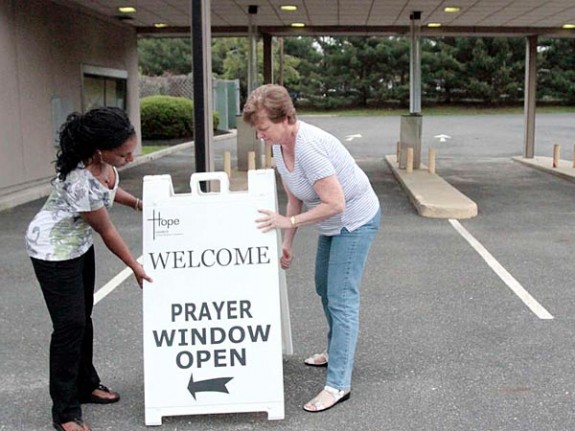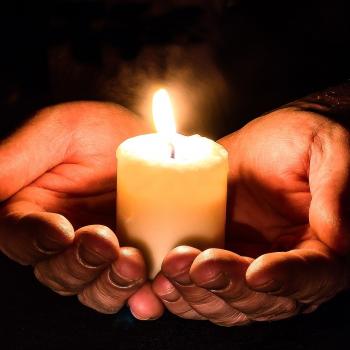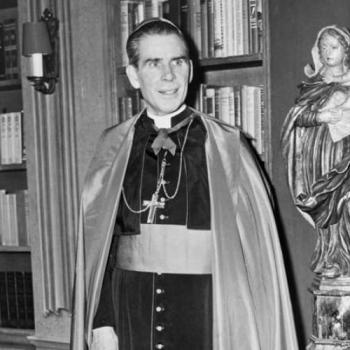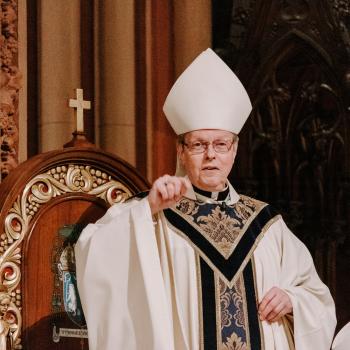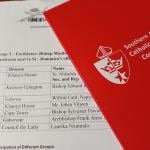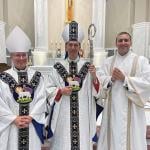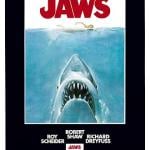From The Philadelphia Inquirer:
Have it your way.
No, not your fast-food burger. Your prayer.
In an age when convenience is king and religion is often ridiculed, some churches looking to widen their outreach efforts are embracing what community banks and pharmacies have utilized for decades: the drive-through.
The latest to offer a bit of spiritual uplift in the comfort of your car is Hope United Methodist Church in Voorhees.
“People go to Dunkin’ Donuts for coffee, not because it’s the best coffee, but because it’s the most convenient,” reasoned Hope’s lead pastor, Jeff Bills. “In a similar way, this is a port of entry for somebody to begin to connect with God in an intentional kind of way.”
In Lancaster, there are drive-through hours Wednesday afternoons from the steps of Lancaster First Assembly of God during spring, summer, and fall months, when it’s not too cold to sit outside. Sonrise Worship Center in Lutz, Fla., extends coffee with its comfort the third Saturday of every month. Other drive-through churches have opened in Wichita, Kan.; Richmond, Va.; Aurora, Ill.; and Modesto, Calif..
At Hope, the idea came about when a bank became available on the adjacent property at the corner of Cooper and Centennial Roads. As congregants brainstormed ways to utilize the bank, someone suggested, perhaps tongue-in-cheek, drive-through prayer.
With its motto being “God wants to meet people. People want to meet God. Hope is a meeting place,” it made sense. They called the building the Meeting Place, which hosts recovery and support meetings throughout the week, and opened the drive-through for a three-month trial at the end of 2012. After addressing a code issue with their sign, it officially opened in April, Thursday evenings from 5 to 7.
Hope’s target audience is the one-fifth of the U.S. public – and a third of adults younger than 30 – who are religiously unaffiliated. According to a Pew Research Center study, the unaffiliated population has increased from just more than 15 percent in 2007 to just less than 20 percent in 2012. That includes more than 13 million self-described atheists and agnostics (nearly 6 percent of the population), as well as nearly 33 million people who say they have no particular religious affiliation (14 percent).
“You don’t have to be a member here, it doesn’t cost you anything, and you don’t even have to get out of your car,” Bills said.

